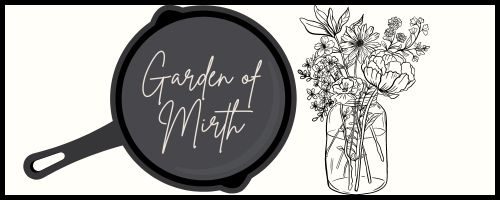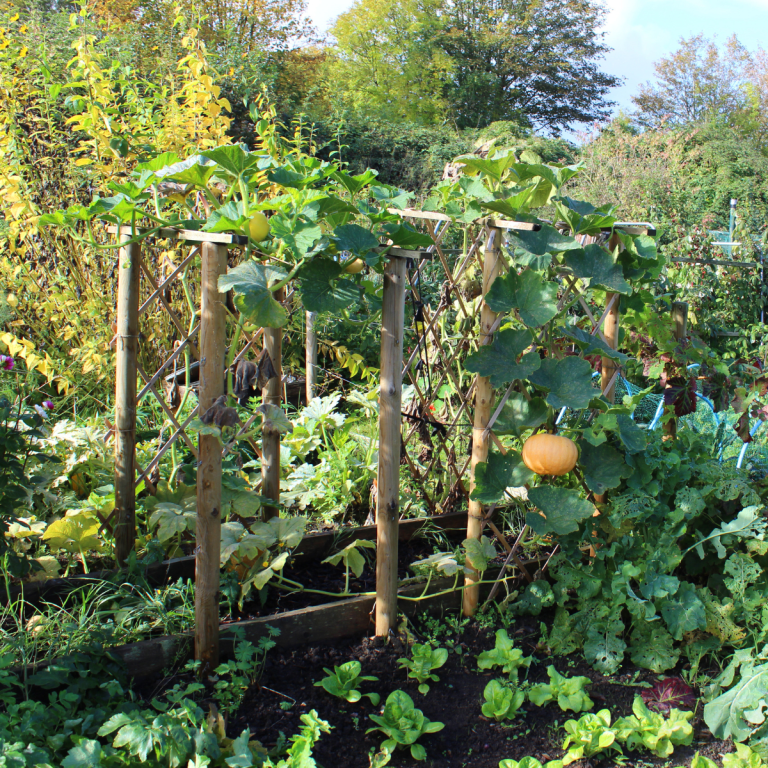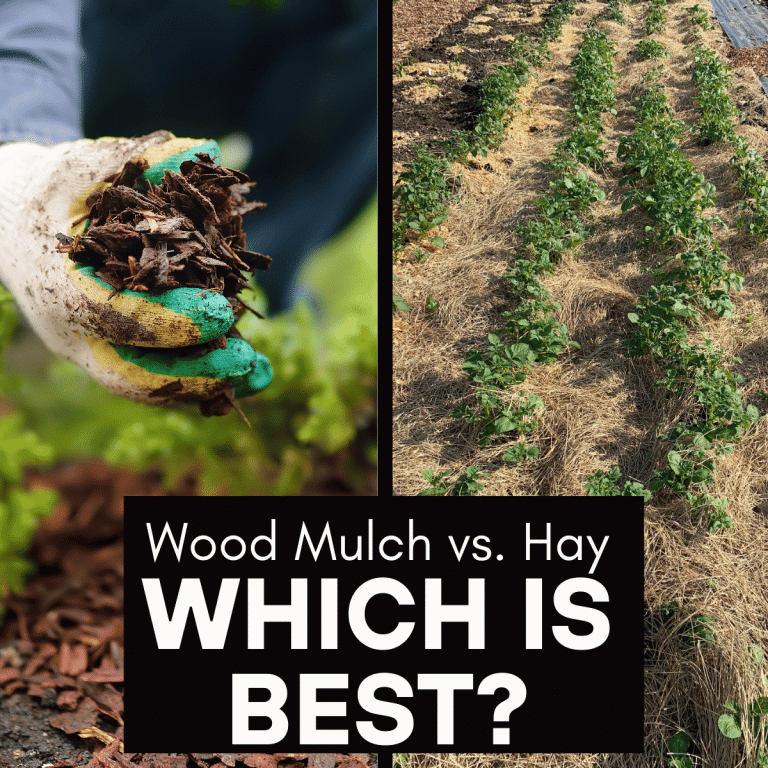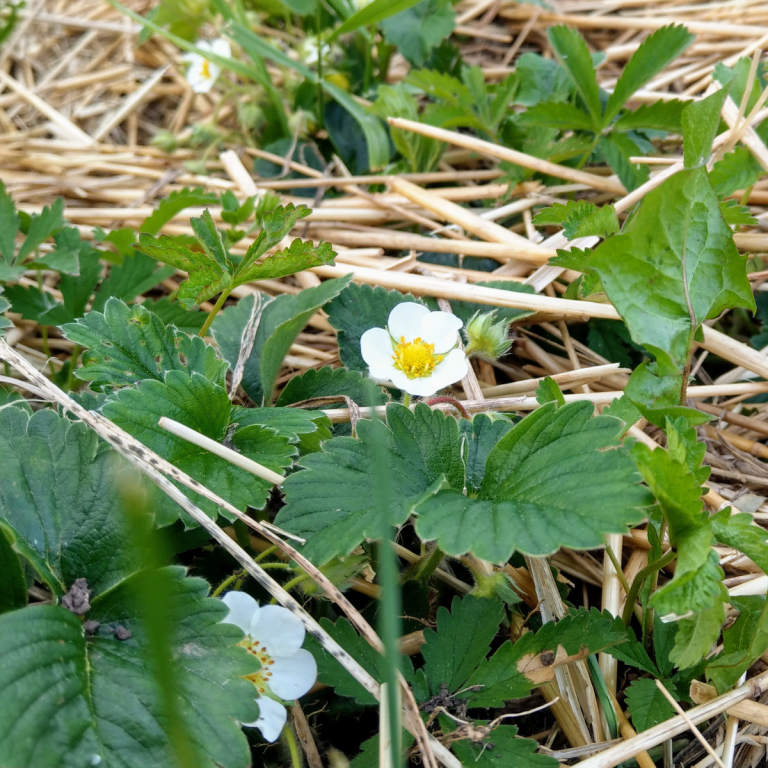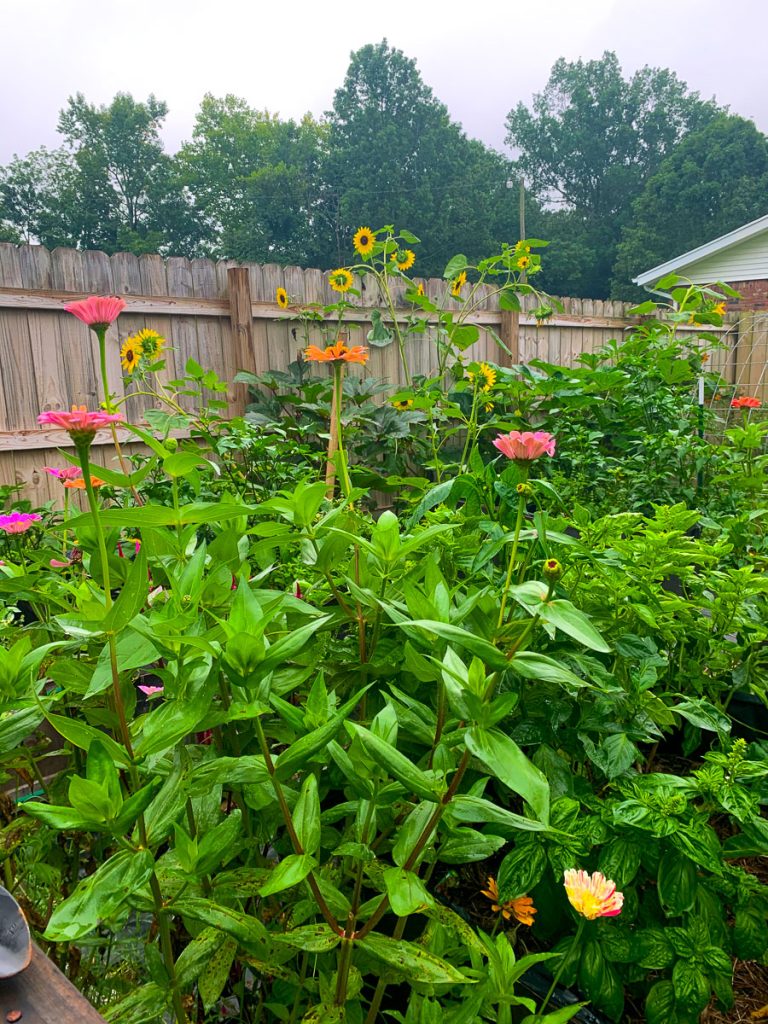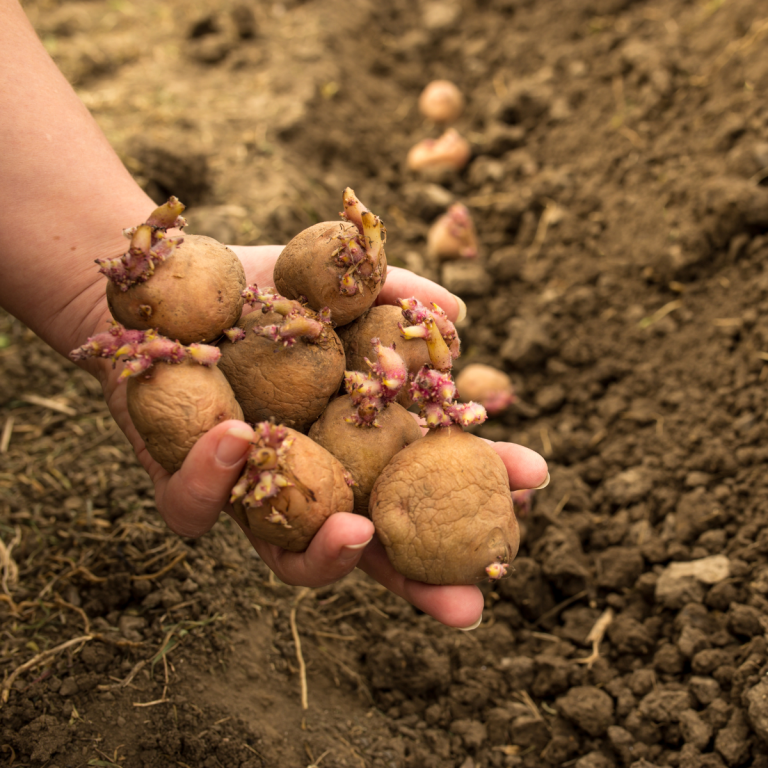DIY Garden Arch Vertical Trellis using Cattle Panels
No matter if you have one garden bed in the city or a half acre garden in the country, vertical arch trellises can add both style and growing space to your garden.
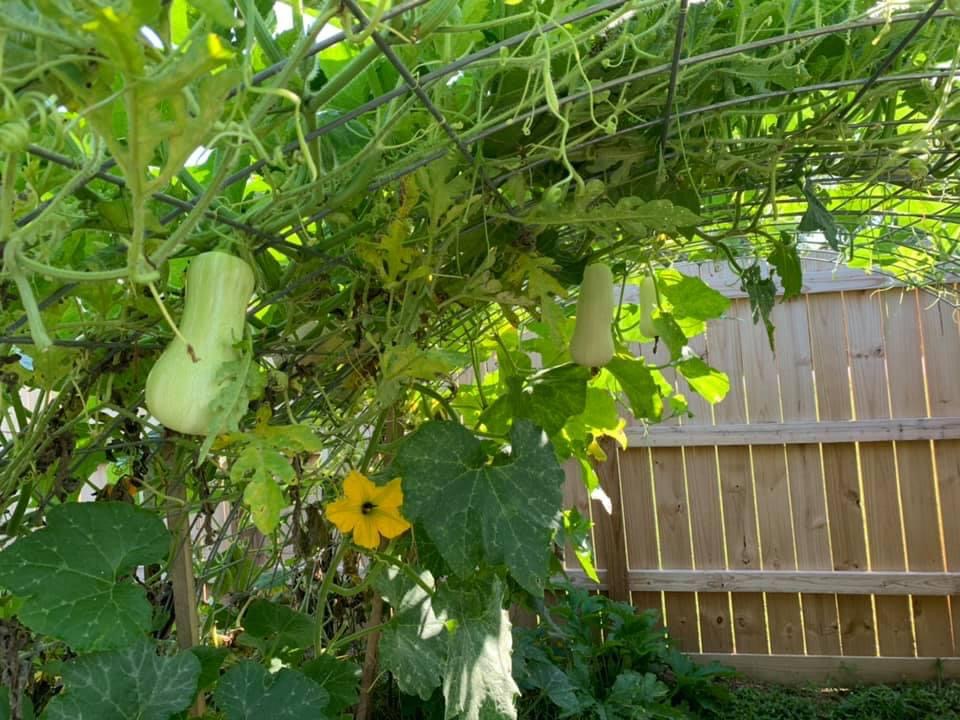
Vertical gardening is often talked about when needing to maximize the growing space in a small garden, however there are many reasons why someone might want to add functional garden arches to their garden layout. In this article I will give you a step by step guide to assembling an easy garden arch trellis as well as go over why you should include arch trellises to your garden space.
Benefits of Vertical Gardening with Arched Trellises
Vertical garden arches allow gardeners with limited space to grow rambling and vining plants vertically instead of letting them take up valuable bed space. Plants with massive vines like winter squash, pumpkins, cucumbers, sweet peas, pole beans, small watermelons, cantaloupe, honeydew and more can all be grown on an arched trellis to save space.
Other types of plants like vining flowers are also perfect for an arched trellis. Morning glories and moonflowers are breathtaking on an arched trellis, but be forewarned they may take up permanent residence there in some gardening zones.
Heavy fruits like large watermelons pumpkins can also be grown on an arched trellis but may need additional support.
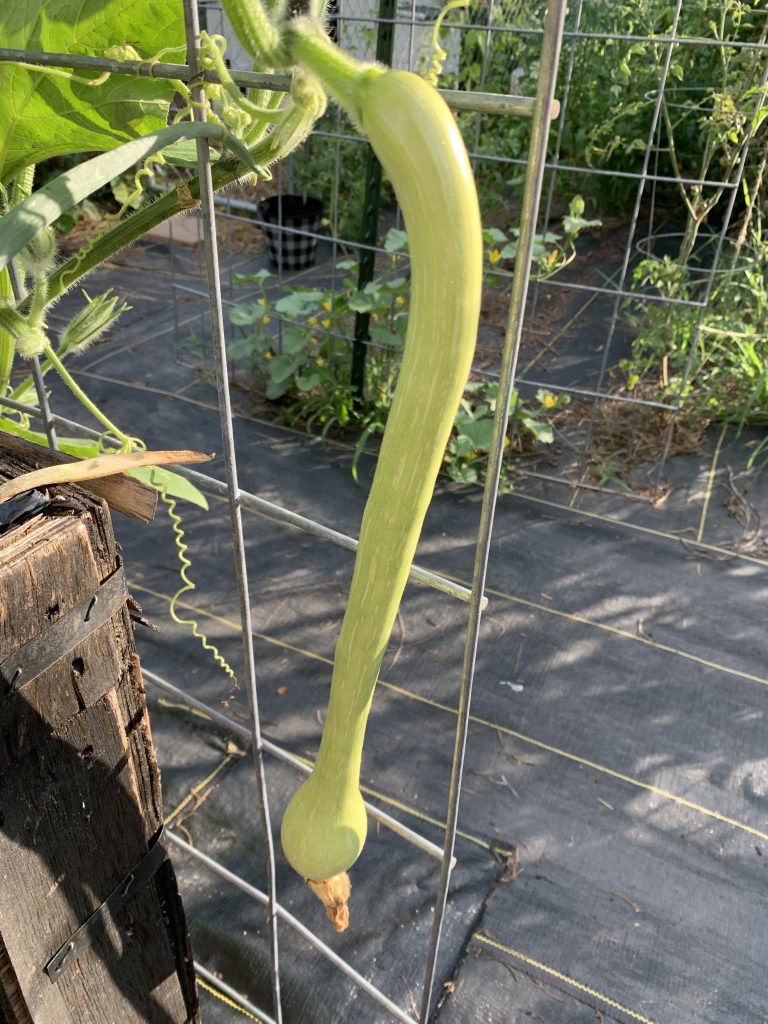
As an Amazon Associate, I earn from qualifying purchases. This post may contain affiliate links, which means I make a small commission at no extra cost to you. See my full disclosure here.
Arches not only add growing space to raised beds but they also make tending to plants and harvesting more accessible in any size vegetable garden. This allows the gardener to harvest fruit and take care of the plants without having to get down to the ground level. Even if your outdoor space allows for plenty of space to garden, arches can make gardening easier and less cumbersome allowing you to plant and harvest more during the season.
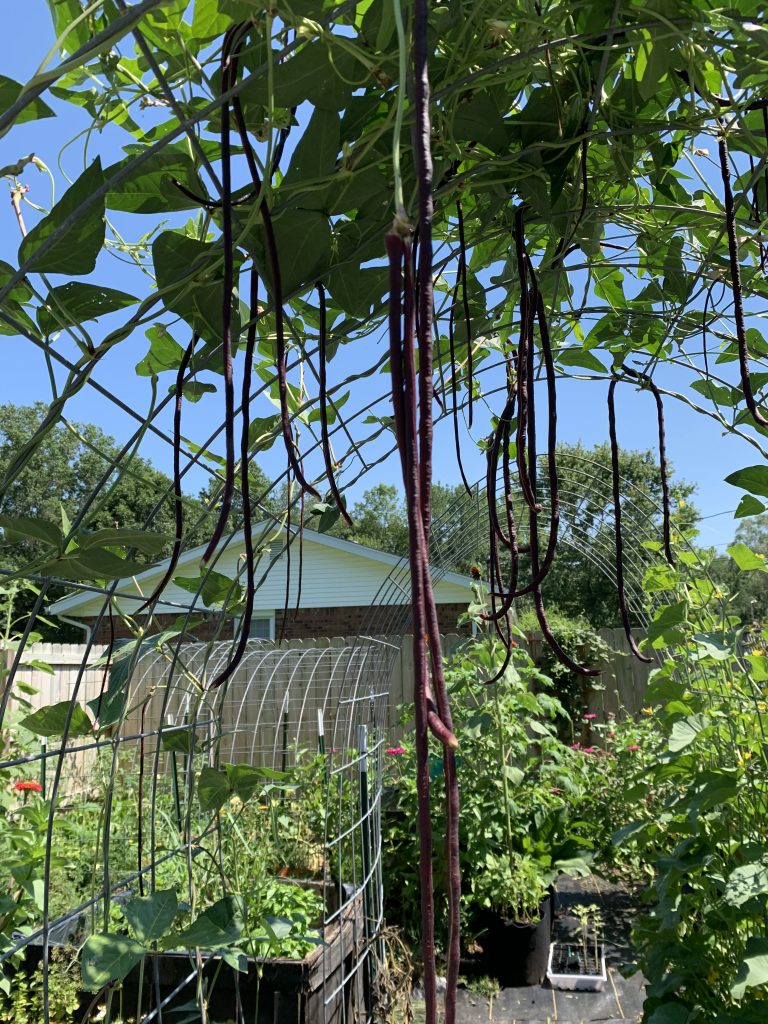
Why Cattle Panels Make the Best Arched Trellis
Cattle panels are an easy, affordable choice for making your own DIY arched trellis. Not only are cattle panel arches easy to assemble but they also work with most any garden design to provide a focal point with an interesting shape. Once plants climb up to the top of the arch you will have a beautiful focal point worthy of any kitchen garden.
Cattle panel arches have seen a dramatic increase in popularity over the years and for good reason. Due to their affordable nature, it isn’t too costly to add multiple garden trellises throughout your garden in many different configurations.
Besides the typical garden arch shape cattle panels can be reconfigured to grow horizontally as well. Cattle panels secured on t-posts horizontally give a large space to secure large indeterminate tomatoes, pepper plants, green beans, cucumber vines and other shorter sprawling or vining plants. This layout works especially well for in-ground garden rows or large raised bed spaces. You will never want to see flimsy tomato cages again after you have tried growing tomatoes on a cattle panel trellis!
Unlike wooden arches, cattle panel arches will last a very long time-even longer than arches built with pressure-treated lumber! This makes their minimal cost even cheaper as they aren’t as likely to need replacing.
In addition to being easy to set up, relatively cheap to make, and highly effective in the garden; the materials necessary to make cattle panel trellises are very easy to source (at least in the United States). While some Lowes and Home Depot and other home centers may carry the supplies, farm stores are almost certain to have them on hand. We have purchased our supplies through both TSC and Rural King with ease.
Materials and Tools Needed for a DIY Arch Trellis
- 16′ x 50″ Cattle Panel
- 2 6ft T-posts
- Heavy duty zip ties or wire to secure the panel to the T-posts
- Post Driver (highly recommended) or a heavy hammer
- Safety gloves
Step-by-Step Instructions to Making a DIY Garden Trellis
Choose the Right Location:
- Make sure the location of your trellis arch will receive adequate sunlight and be easy to access for harvesting and pruning.
- Think about any potential shadows that might be cast when the trellis is covered by plants and plan out your garden structure accordingly.
Determine Desired Trellis Height:
Use the chart below to help determine how tall and wide you want your trellis to be. Keep in mind that the wider the archway is, the shorter the arch will be. For example, this means that an arch that is 4 foot wide will be taller than an arch that is 5 foot wide.
Setting Up the T Posts:
- Measure how wide you want your trellis to be. Mark each side of the arch way according to your measurements.
- Mark a spot on the ground in the middle of each side of the arch.
- Carefully drive the T-posts into the marked spots using a T-Post driver and safety gloves. Sink the posts down past the anchor plate or “spade” at the end of the post. Aim to have at least 4 foot of the T-Post above ground to securely attach the cattle panel.
If you are using cattle panel trellises inside raised garden beds, consider the added height of your raised beds. T-posts driven into the soil of your raised bed may not be as secure as posts driven into more solid ground. For added strength, consider driving posts in garden bed soil deeper to make contact with the ground underneath.
Attach the Cattle Panel:
It is easiest to have someone help you place the cattle panel between the two posts so you can better control the panel.
- Place one short end of the cattle panel against the inside of the T-Post. Carefully walk forward with the other end of the cattle panel, bending it into an arched shape as you walk.
- Carefully place the other end of the cattle panel against the inside of the second T-Post, making sure both ends of the cattle panel are pressing firmly against the T-Posts.
- Use heavy duty zip ties to secure both sides of the cattle panel to the T-Posts. Two or three zip ties per side should be enough to securely attach the cattle panel to the T-Posts. That’s it! You’re ready to plant.
What to Plant on a Cattle Panel Arch Trellis:
Vining vegetable plants such as:
- Winter squash such as butternut, acorn, and Cushaw squash
- Smaller Melons such as small watermelons, cantaloupe, Kajari melons, and more.
- Pole green beans and pole dried beans
- Cucumbers
- Indeterminate Tomatoes*: While tomatoes don’t truly vine so much as sprawl, cattle panel trellis can be used to tie up tomato plants. I prefer to do this on a long horizontal stretch of cattle panels instead of an arch, but both can be used.
- Vining flowers and ornamental climbing plants such as moon flowers, morning glories, Scarlet runner beans, hyacinth bean plants, trumpet vine, etc.
Cattle Panel Arched Trellis Planting Ideas:
Here are a few of the ways cattle panel arched trellises can be used for vertical growing:
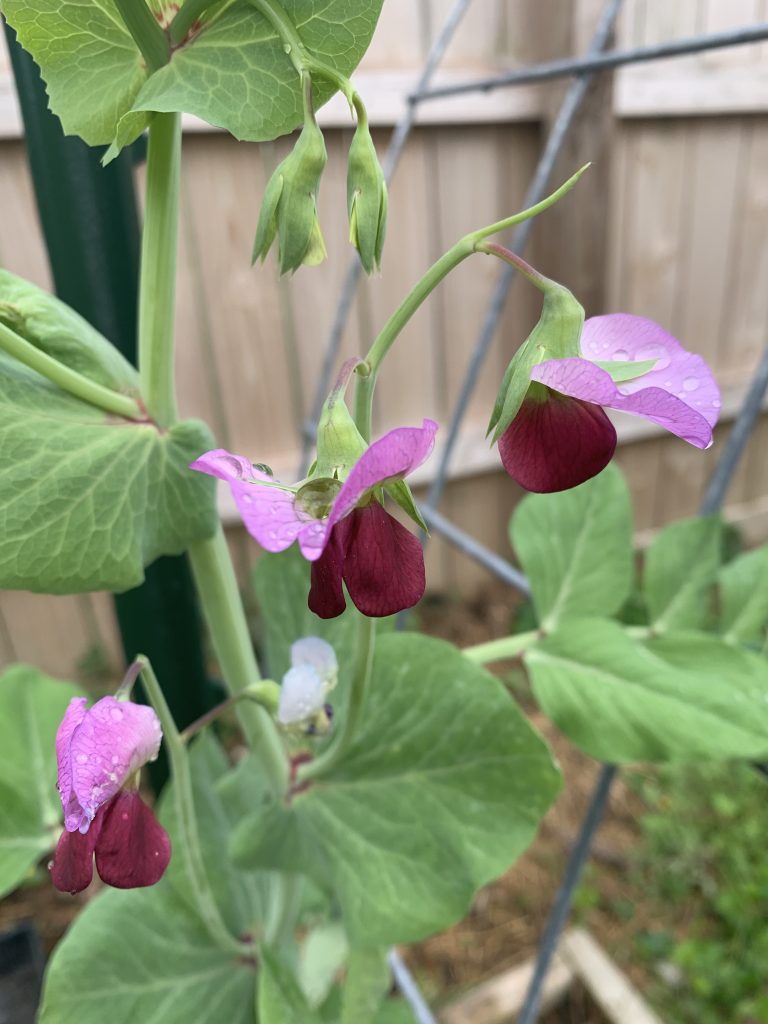

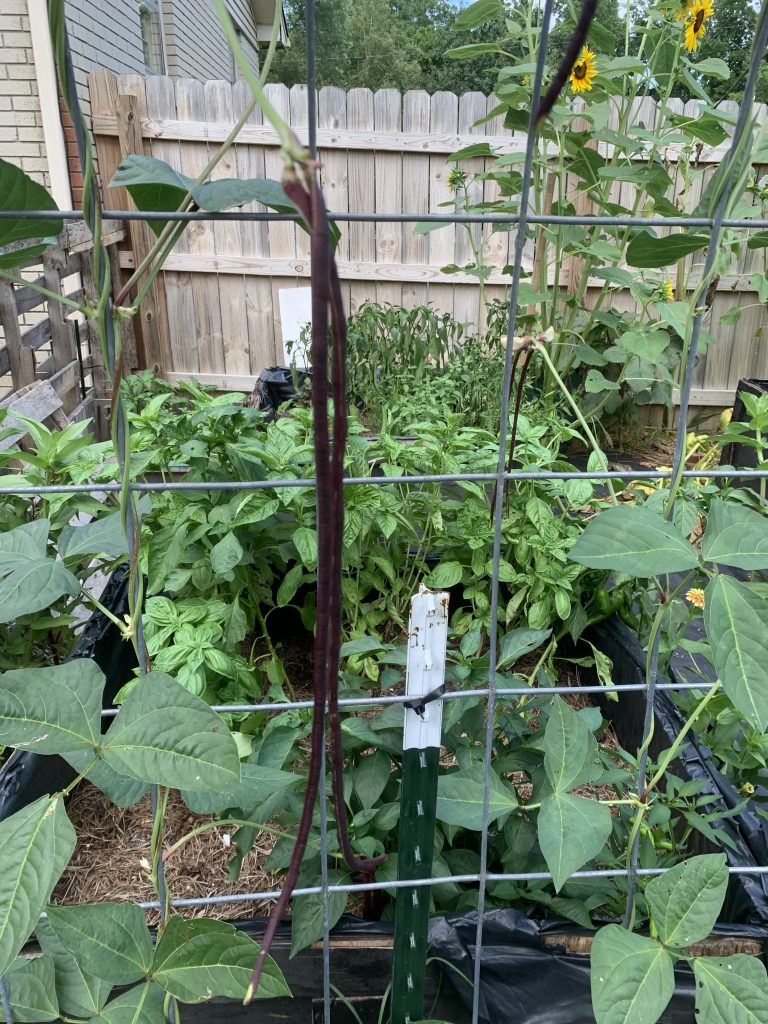
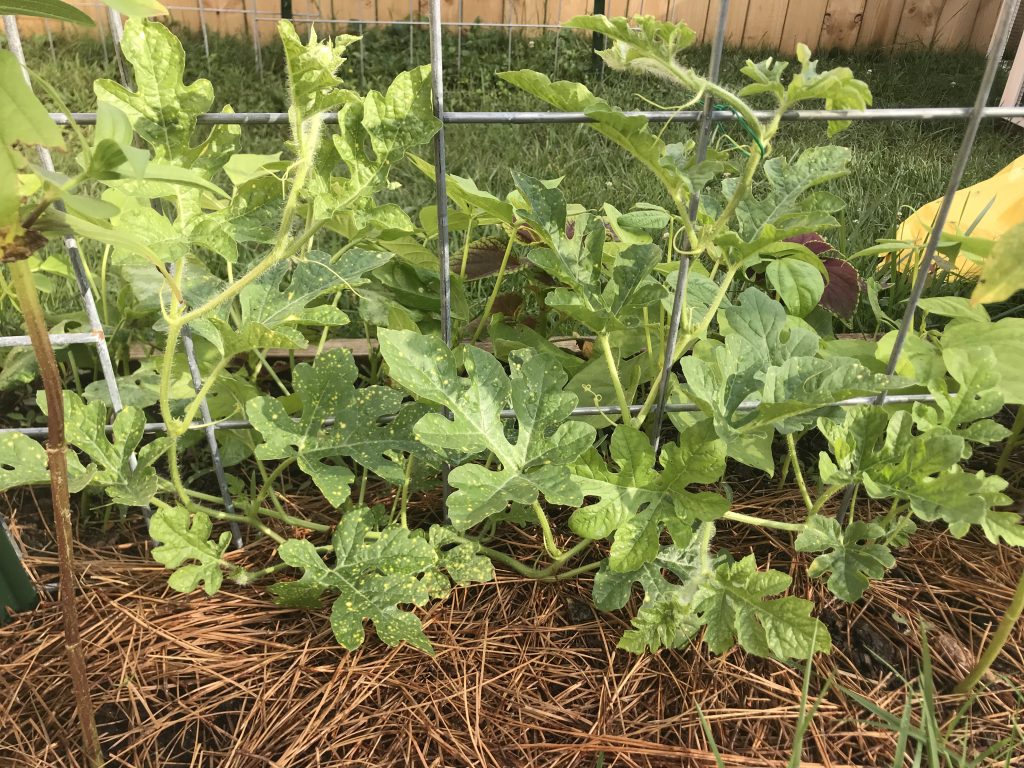
Happy planting!
